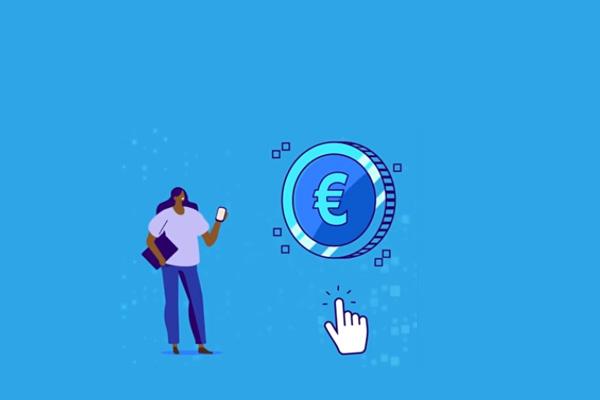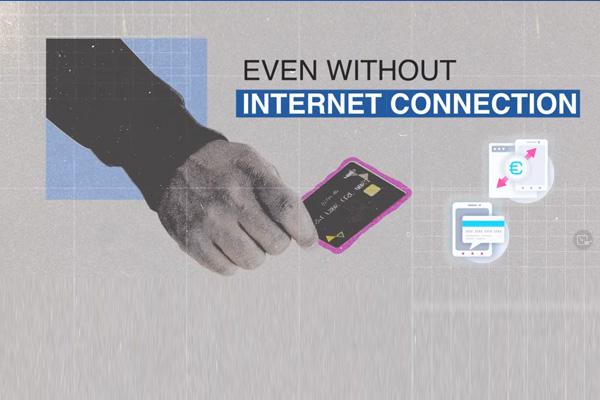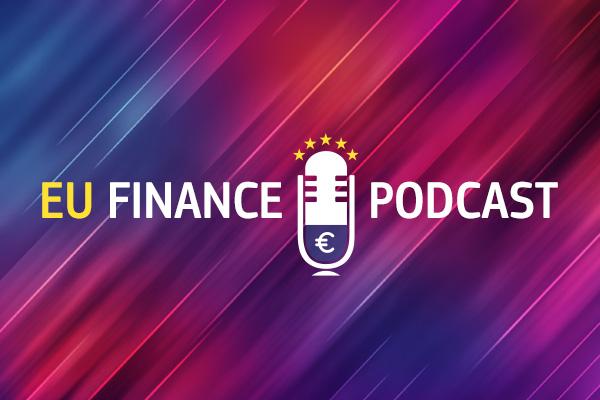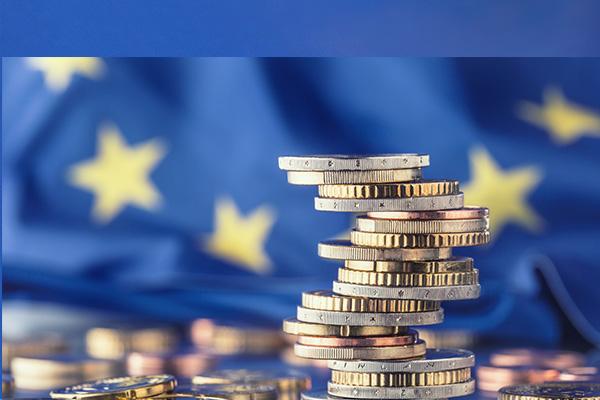What the EU is doing and why
The digital euro, a digital form of central bank money, would offer greater choice to consumers and businesses in situations where physical cash cannot be used. The digital euro would be a complement to cash, which would remain widely available and useable.
In the context of the EU’s digital transition, the digital euro could support the EU’s digital finance and retail payments strategies described above, thanks to its potential as an additional, innovative and safe means of payment.
Furthermore, the digital euro could ensure that central bank money – in both its physical and future digital form – is widely available to and accepted by users in the euro area, that it promotes accessibility and financial inclusion, and is tailored to user’s' needs, while preserving financial stability. The digital euro could also facilitate the development of pan-European and interoperable retail payment solutions, as well as promote efficiency, innovation and resilience in the EU’s digitalising economy.
Lastly, the digital euro could strengthen the international role of the euro and support the EU’s open strategic autonomy.
Frequently asked questions
A digital euro would be an electronic means of payment. It would be a digital version of cash, available to the general public and backed by the European Central Bank (ECB) the same way your physical banknotes and coins are. You could use it anywhere that you already use physical euro cash.
People and businesses would have another means of payment that is accessible and accepted everywhere in the euro area. It would be an electronic means of payment, available for online transactions (e.g. e-commerce) and offline ones (eg. in areas without internet connection). It would promote innovation in retail payments and reinforce the international role of the euro.
It would be accessible to people, businesses, and public entities that reside or are established in a euro area Member State, on a temporary or permanent basis. Any person in the euro area could open a digital euro account if they want to, including people who do not have bank accounts. There would be no obligation to have or use digital euros if you don’t want to.
If the proposal for a framework for a possible digital euro is agreed upon by the European Parliament and Council, the ECB would need to take the final decision on whether to issue it. Therefore, it may still take a few years before the digital euro is issued.
Digital euro explained

YouTube video

YouTube video

Episode 2 - The one about Digital Finance

Factsheet on the single currency package
Policy making timeline
- November 2023Next steps
The ECB will issue its legal opinion on the Commission’s legislative proposal on a digital euro for the EU adopted in June 2023.
- 18 October 2023Preparation phase - ECB
- 17 October 2023Joint opinion - EU data protection authorities
- 28 June 2023Legislative proposal
The Commission adopted a legislative proposal on a digital euro for the EU.
- 7 November 2022High level conference
The Commission and the ECB jointly organised a high level conference entitled "Towards a legislative framework enabling a digital euro for citizens and businesses".
- 5 April 2022Consultation
The Commission launched a targeted consultation on a digital euro.
End date: 16 June 2022 - 14 July 2021Investigation phase
The ECB launched the investigation phase of the digital euro project.
- 12 October 2020Consultation - ECB
The ECB launched a public consultation on a digital euro.
End date: 12 January 2021



